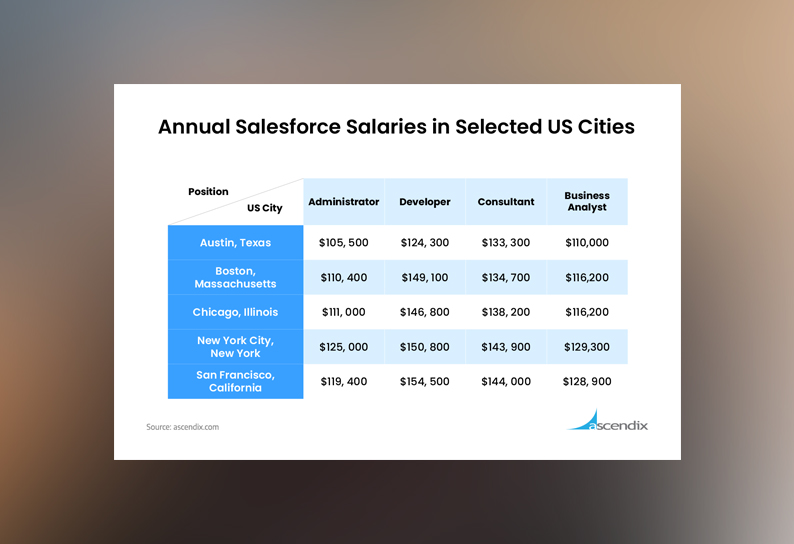Salesforce, a global tech giant specializing in cloud-based customer relationship management (CRM) software, has long been known for its impressive growth, innovation, and commitment to its workforce. With its ambitious hiring initiatives during the pandemic, Salesforce has expanded its employee count from 57,000 to approximately 73,000 in 2021, as indicated by its annual reports.
While the company has slowed down its hiring efforts and temporarily halted recruitment for certain open roles to manage costs, it remains committed to adding new talent to its ranks in a more measured manner. During a recent earnings call, Salesforce’s CFO, Amy Weaver, stated that company leaders have been tasked with strategically prioritizing their investments. The majority of new hires will be directed toward roles that support customer success and the execution of the company’s top priorities.
One of Salesforce’s key strategic focuses is the integration of its $27.7 billion acquisition of Slack, along with the ongoing integration of previous acquisitions like Tableau and MuleSoft. The company aims to drive customer success by encouraging clients to adopt multiple Salesforce solutions, rather than just one or two, reflecting its commitment to a customer-centric approach.
Although Salesforce doesn’t publicly disclose its employees’ salaries, it is required to reveal salary details in work visa applications submitted to the US Office of Foreign Labor Certification. This disclosure includes the compensation offered to employees, excluding stock grants that can significantly augment total compensation.
To provide insight into Salesforce’s compensation structure across various roles, Insider examined publicly released data from the US Office of Foreign Labor Certification, which authorizes the hiring of non-US-based employees. While this data offers valuable insights, it’s important to note that these figures do not include stock grants, which can substantially impact overall compensation.
The majority of the analyzed salaries in the first quarter of 2022 pertain to employees in California, Washington, and Texas, where Salesforce has a significant presence. The dataset encompasses a wide range of roles, including engineers, product managers, and more. Here’s a breakdown of what Salesforce pays across different roles, grouped by job classification based on categories assigned by the Office of Foreign Labor Certification:
-
Engineering Roles:
- Senior Director for Software Engineering (California): The highest-paid individual in the dataset received a salary offer of $330,000.
- Software Engineer (California): Salesforce offers competitive compensation to software engineers, with salaries varying based on experience and expertise.
-
Product Management:
- Senior Product Manager (California): Product managers at Salesforce command attractive salaries, reflecting their pivotal role in shaping the company’s product offerings.
-
Data Analysis and Analytics:
- Senior Analyst (Indiana): The lowest-paid individual in the dataset received a salary offer of $83,634. While this figure may be lower than some other roles, it’s essential to consider the cost of living in different regions.
These insights into Salesforce’s compensation packages provide a glimpse into the company’s commitment to attracting top talent and rewarding its employees competitively. While these figures offer valuable information, it’s important to remember that Salesforce’s total compensation packages may include additional components such as stock options, bonuses, and benefits.
As Salesforce continues to evolve and expand its product portfolio, it remains dedicated to investing in its workforce to drive innovation and deliver exceptional value to its customers. This commitment to talent acquisition and retention is a testament to Salesforce’s enduring success and its mission to empower organizations to build stronger customer relationships through cutting-edge technology.

